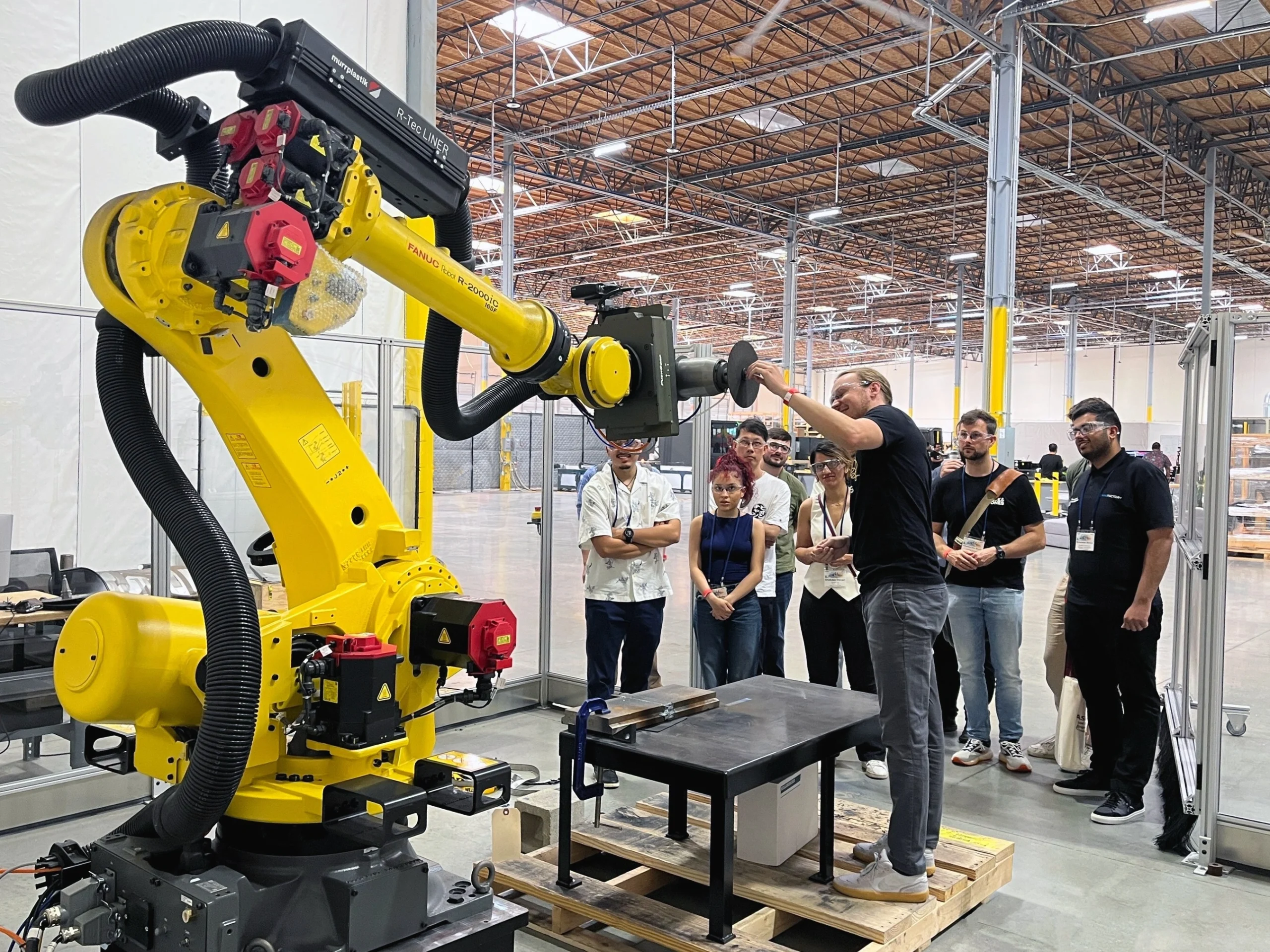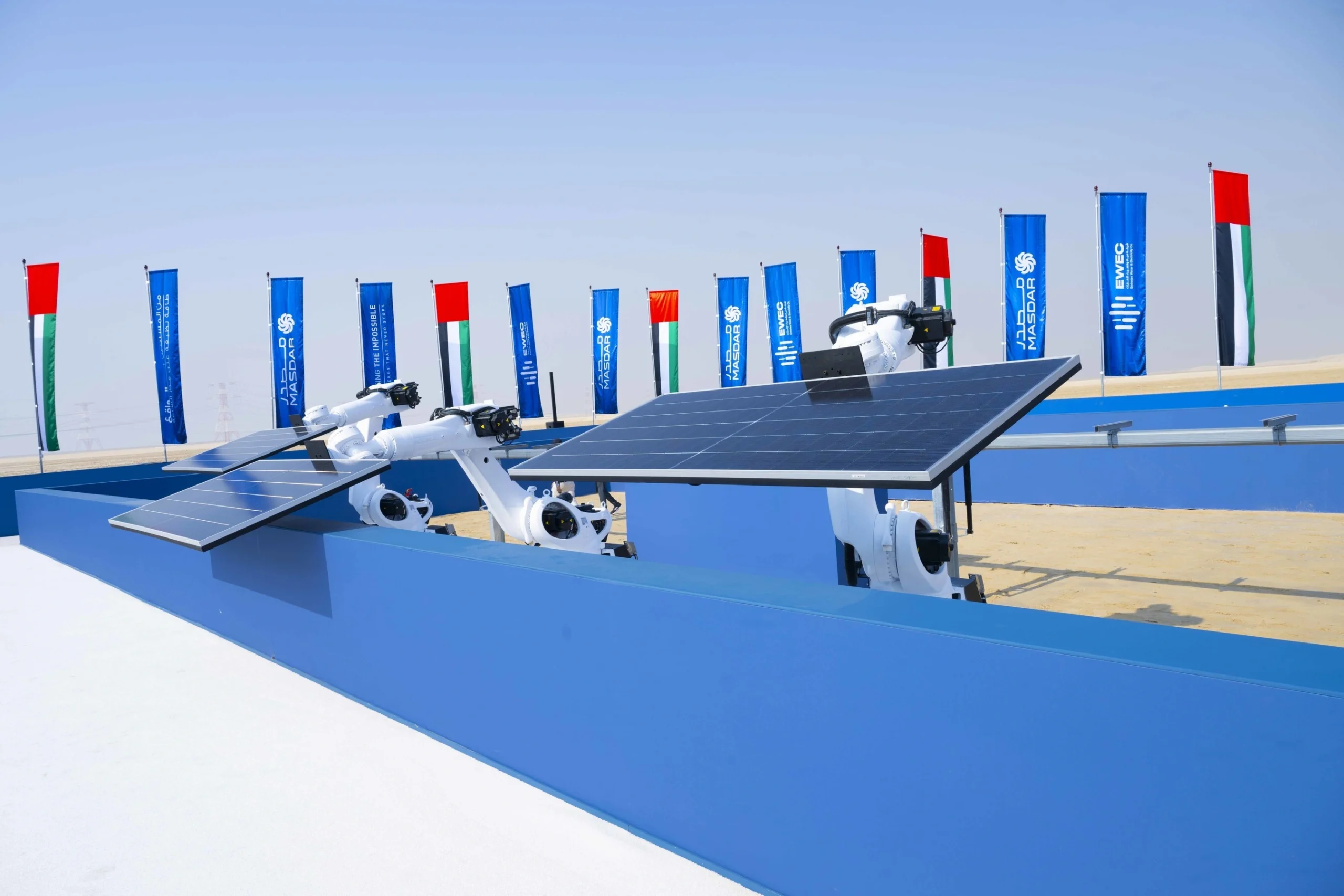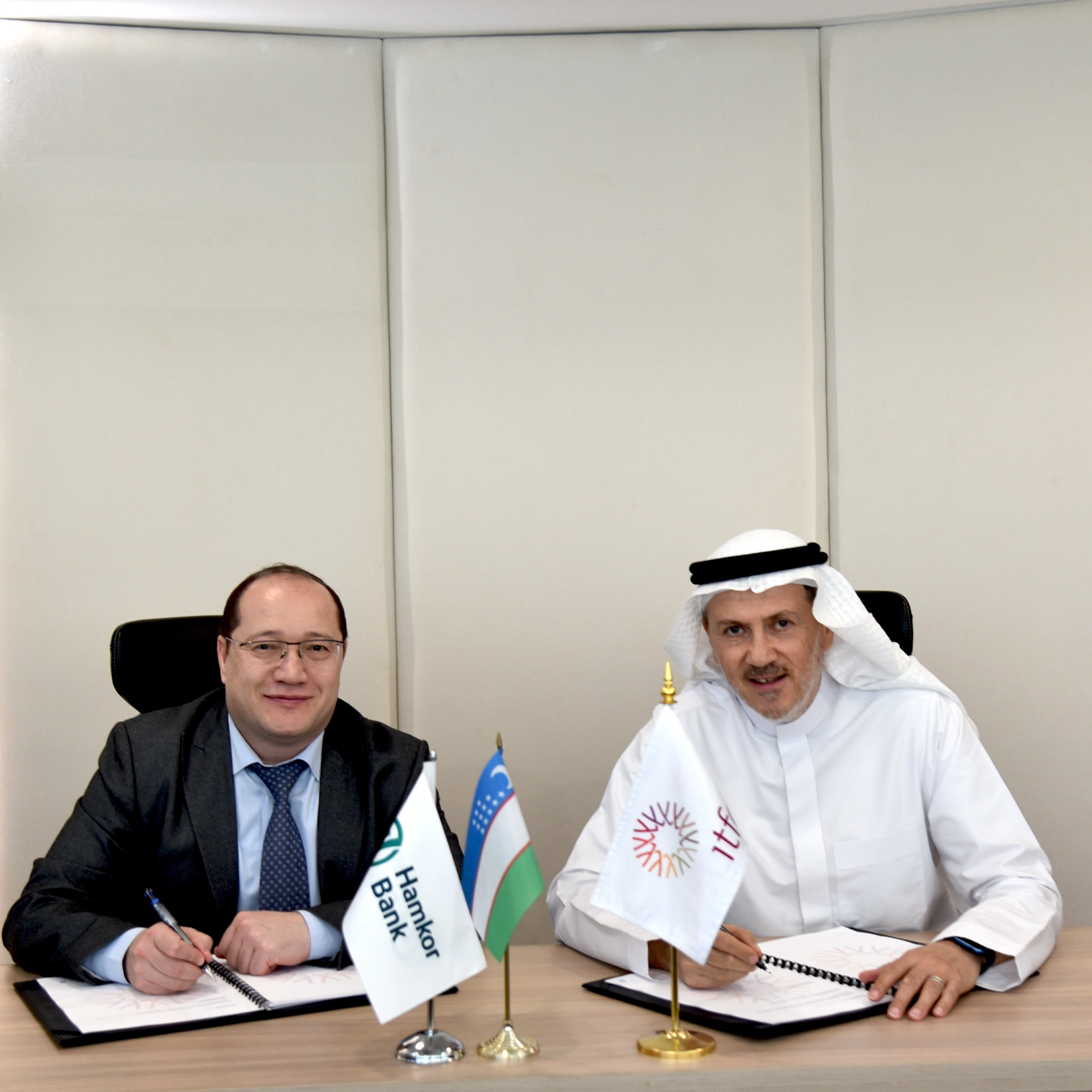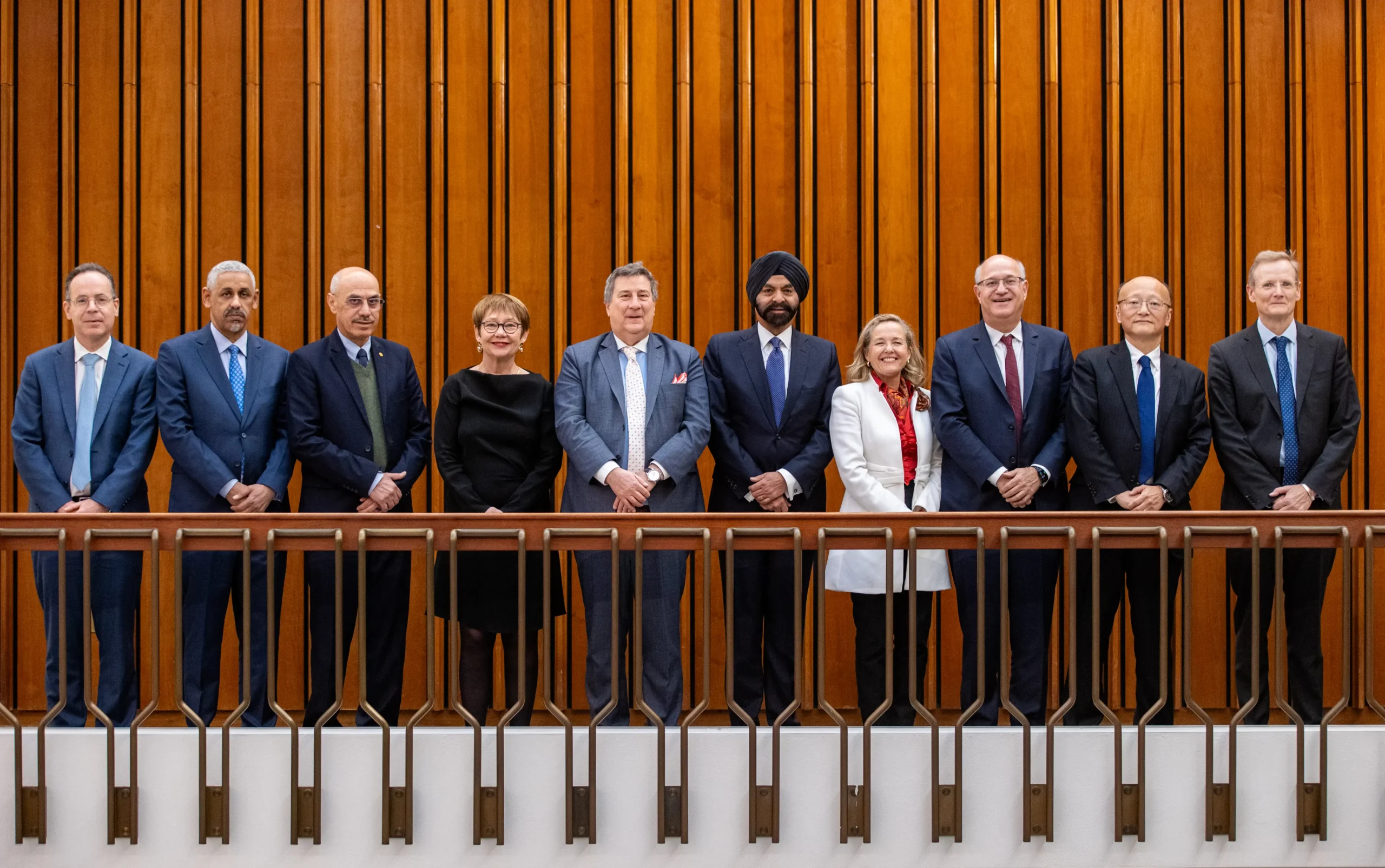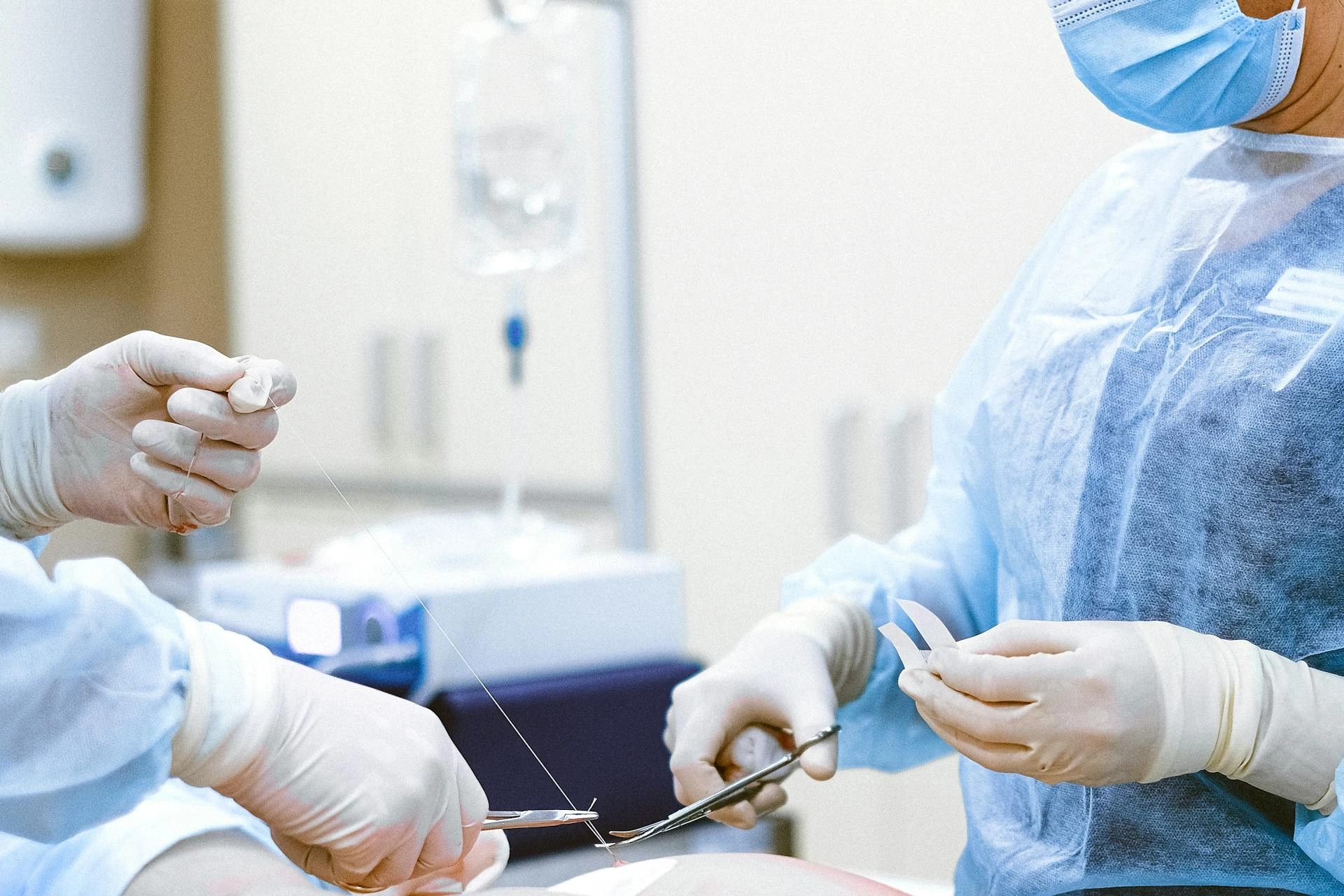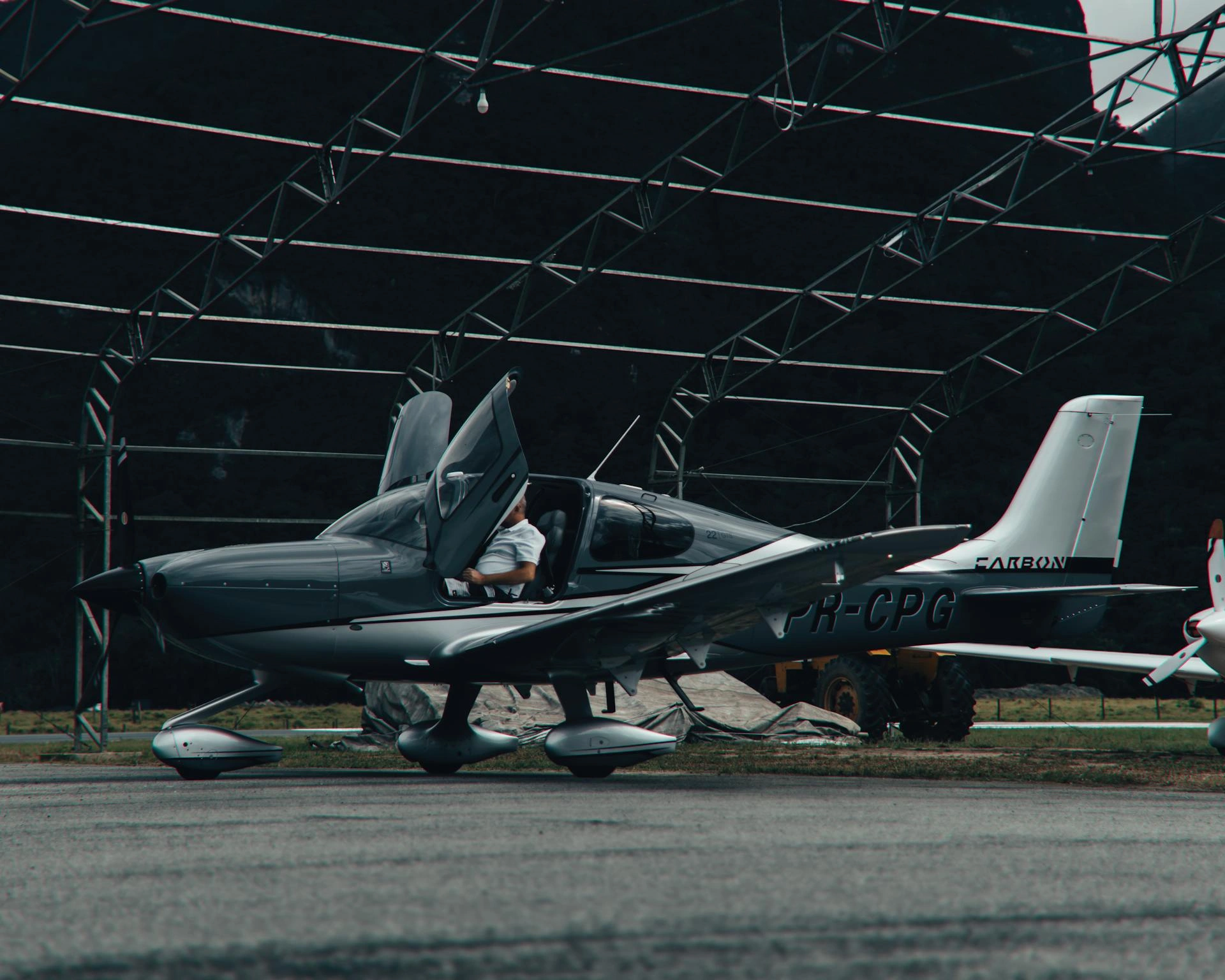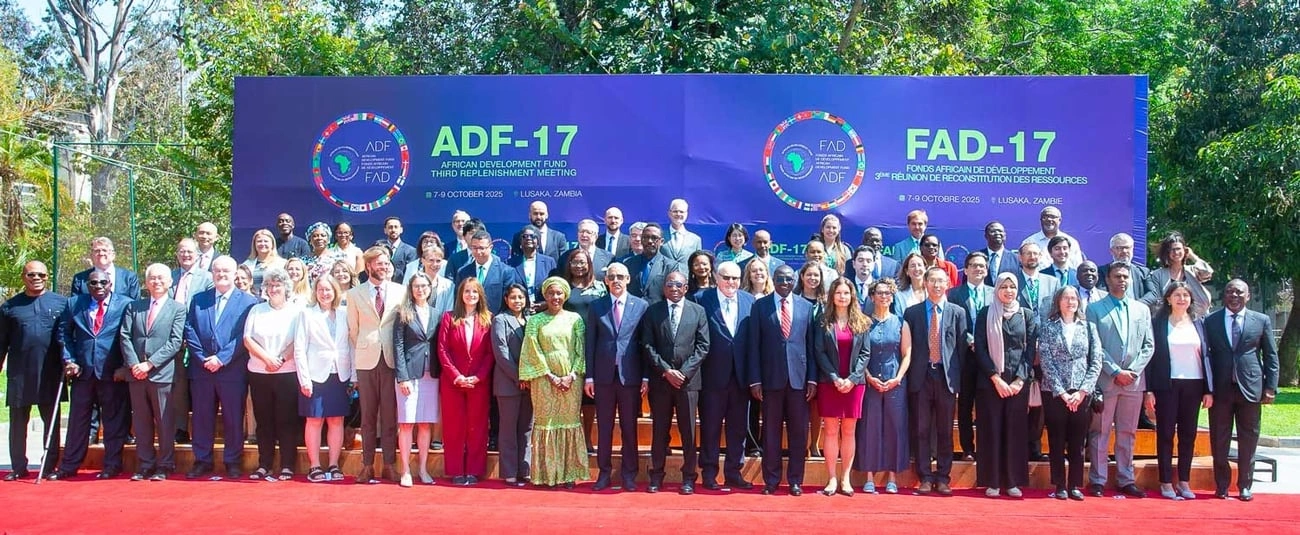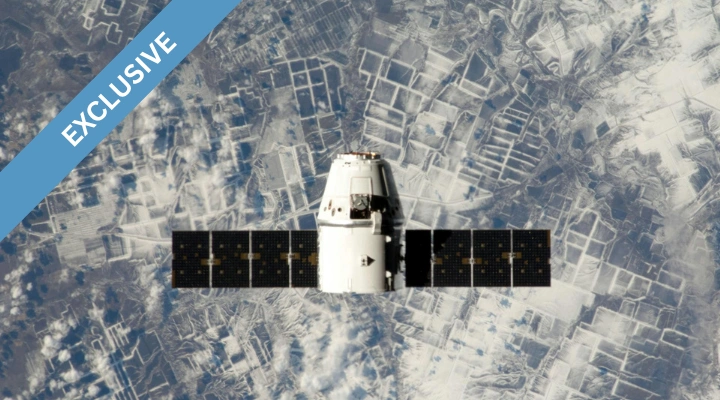Give the Dog a Bone: Robotic World First at UK Fusion Energy Plant

John E. Kaye
- Published
- Home, News, Technology

A dog-like robot has achieved a world-first by inspecting the inside of a fusion energy facility autonomously, it emerged this week
The four-legged ‘Boston Dynamics Spot’ took sensor readings and collected other data inside the Joint European Torus (JET) facility in Oxford, England, without human assistance.
Until its closure last year, JET was one of the largest and most powerful fusion research machines in the world.
Its purpose was to pave the way for future nuclear fusion grid energy.
The complex, part of The Culham Centre for Fusion Energy (CCFE), the UK’s national laboratory for fusion research, is now being decommissioned and remains hazardous to human health.
But in a joint collaboration with the Oxford Robotics Institute (ORI), the United Kingdom Atomic Energy Authority’s (UKAEA) demonstrated that maintenance can be carried without human intervention.
The development paves the way for autonomous maintenance and decommissioning in other facilities where the risk of radiation, vacuum-level pressure and extreme temperatures are too great for human operators.
In a statement, UKAEA said the 35-day trial at the JET plant provided the “ideal opportunity” to test the robot’s capabilities.
Dr Robert Skilton, of UKAEA’s Remote Applications in Challenging Environments division, said: “The project aimed to validate the reliability of autonomous robotic technology and instil trust and confidence in their use for safe and efficient inspections in fusion facilities over extended periods.
“This deployment demonstrates that autonomous robots can enhance safety and cut costs. These ‘next generation’ solutions are becoming ready to be used in other industrial facilities such as nuclear decommissioning, environmental clean-up, and disaster relief.”
Professor Nick Hawes, Professor of AI & Robotics at the University of Oxford, added: “Projects like this demonstrate the value of autonomous robots – robots that can do things themselves without direct control of humans.
“They also ground our science in real use cases, and provide requirements and constraints that drive us to invent new AI and robotics algorithms.”
The results will assist planning for the next stages of the JET decommissioning programme, which is expected to continue until 2040.
Main image: Spot the robotic dog returning after deployment at UKAEA’s Joint European Torus (JET) facility.
Credit: United Kingdom Atomic Energy Authority
Sign up to The European Newsletter
RECENT ARTICLES
-
 Complex questions still need people, not machines, researchers find
Complex questions still need people, not machines, researchers find -
 Study links CEO political views to recognition of women inventors
Study links CEO political views to recognition of women inventors -
 GrayMatter Robotics opens 100,000-sq-ft AI robotics innovation centre in California
GrayMatter Robotics opens 100,000-sq-ft AI robotics innovation centre in California -
 UAE breaks ground on world’s first 24-hour renewable power plant
UAE breaks ground on world’s first 24-hour renewable power plant -
 WomenIN Festival 2025 unveils expanded programme in partnership with FNB
WomenIN Festival 2025 unveils expanded programme in partnership with FNB -
 ITFC extends $30m financing to Uzbekistan’s Hamkorbank
ITFC extends $30m financing to Uzbekistan’s Hamkorbank -
 New £2.5 million Rolls-Royce Phantom marks model’s centenary
New £2.5 million Rolls-Royce Phantom marks model’s centenary -
 UK faces surge in major cyber attacks, NCSC warns
UK faces surge in major cyber attacks, NCSC warns -
 Historian warns climate denial is causing “immense harm” as humanity nears a “major crunch point
Historian warns climate denial is causing “immense harm” as humanity nears a “major crunch point -
 The European Autumn 2025 edition out now
The European Autumn 2025 edition out now -
 Study finds creative storytelling boosts confidence and career prospects for young people
Study finds creative storytelling boosts confidence and career prospects for young people -
 Global development banks agree new priorities on finance, water security and private capital ahead of COP30
Global development banks agree new priorities on finance, water security and private capital ahead of COP30 -
 South African students develop tech concept to tackle hunger using AI and blockchain
South African students develop tech concept to tackle hunger using AI and blockchain -
 Global startup expo enters final day in Dubai as Expand North Star marks a decade of innovation
Global startup expo enters final day in Dubai as Expand North Star marks a decade of innovation -
 Bleisure boom turning Gen Z work travel into ‘life upgrade’
Bleisure boom turning Gen Z work travel into ‘life upgrade’ -
 Automation breakthrough reduces ambulance delays and saves NHS £800,000 a year
Automation breakthrough reduces ambulance delays and saves NHS £800,000 a year -
 AI found to make people 15% more likely to lie, study warns
AI found to make people 15% more likely to lie, study warns -
 Global aerospace composites market to triple by 2034 as demand for lighter, greener aircraft accelerates
Global aerospace composites market to triple by 2034 as demand for lighter, greener aircraft accelerates -
 ICIEC to host 15th AMAN Union Summit as Islamic finance eyes closer trade integration
ICIEC to host 15th AMAN Union Summit as Islamic finance eyes closer trade integration -
 Matching words and images helps charities raise more money, study finds
Matching words and images helps charities raise more money, study finds -
 UK to host African Development Fund summit as Africa pushes for food self-sufficiency
UK to host African Development Fund summit as Africa pushes for food self-sufficiency -
 Off the blocks: LEGO and Formula 1 reunite for documentary on viral Miami Grand Prix stunt
Off the blocks: LEGO and Formula 1 reunite for documentary on viral Miami Grand Prix stunt -
 Mergers and partnerships drive Africa’s mining boom – but experts warn on long-term resilience
Mergers and partnerships drive Africa’s mining boom – but experts warn on long-term resilience -
 New AI breakthrough promises to end ‘drift’ that costs the world trillions
New AI breakthrough promises to end ‘drift’ that costs the world trillions -
 Europe tightens grip on strategic space data as dependence on U.S tech comes under scrutiny
Europe tightens grip on strategic space data as dependence on U.S tech comes under scrutiny



